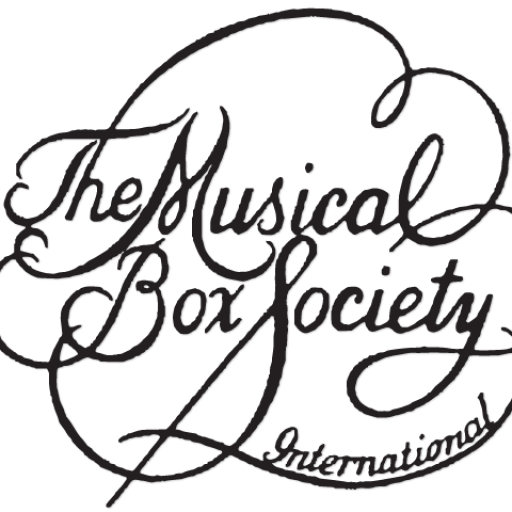c. 1917
Manufactured by Rudolph Wurlitzer Co. of North Tonawanda, NY.
The automatic roll changer was a hugely popular feature for Wurlitzer. It plays six five-tune rolls instead of one ten-tune roll. This model has a popular CX style case.
c. 1917
Manufactured by Rudolph Wurlitzer Co. of North Tonawanda, NY.
The automatic roll changer was a hugely popular feature for Wurlitzer. It plays six five-tune rolls instead of one ten-tune roll. This model has a popular CX style case.
c. 1929
Manufactured by Rudolph Wurlitzer Co. of Tonawanda, NY.
The visible instruments included 13 brass trumpets, 11 brass piccolos, 13 wooden flageolets, 2 drums, and cymbal.
Wurlitzer advertised this organ as “especially designed for small to medium rinks”. It was the workhorse of the Wurlitzer organs, found in many amusements parks.
c. 1915
Manufactured by Rudolph Wurlitzer Co. in North Tonawanda, NY.
Contains 37 violin and violincello pipes, piano, mandolin, bass and snare drum, and cymbal.
Wurlitzer produced the cases; the interior mechanisms were manufactured by Phillips of Germany. The model features a carved peacock with a “wonder light” tail. A total of 61 of this model were produced.
c. 1893
Manufactured by M. Welte & Sons of Freiburg, Germany.
Contains 152 pipes, snare and base drums, triangle, and cymbal.
This model is considered to be an outstanding example of orchestrion building. Its “starburst” pipework is voiced exceptionally well and plays classical as well as modern songs of the era.
c. 1927
Manufactured by Gebruder Weber of Waldkirch, Germany.
Contains a Feurich piano, ranks of pipes, mandolin, and full traps.
The large Webers of the late 1920’s represent the zenith of sophisticated orchestrion building and music arranging. This model features side cabinets for roll storage, brass trim, and elaborate beveled mirrors.
